
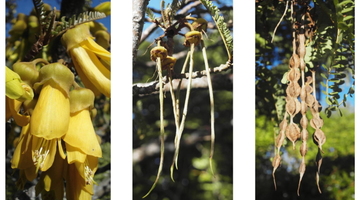
The flowers and fruit of flowering plants come and go as part of their life cycle. Some flowering plants don’t even have stems and leaves all the time. The fruit and vegetables we eat come from ...
READ MORE
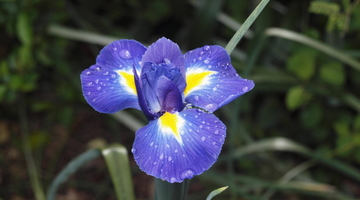
Humans have many reasons to grow plants. We use them for food, for building materials, for pleasure and for many other purposes. A plant really just has one reason to grow – to reproduce and make ...
READ MORE
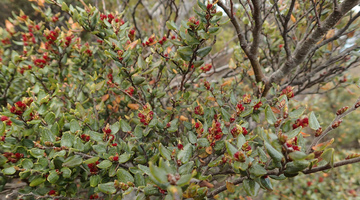
What is a mast? You might be forgiven for thinking it had more to do with ships than conservation! The term comes from the ancient English word ‘mæst’, which was used to refer to years when ...
READ MORE

In this activity, students relate commonly eaten foods to different parts of the flowering plant life cycle. They use an interactive or paper-based graphic organiser. By the end of this activity ...
READ MORE

In this activity, students relate commonly eaten foods to different parts of the flowering plant life cycle. They use a graphic organiser to identify whether a food is a root, stem, leaf, flower ...
READ MORE
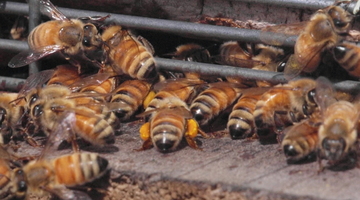
In this activity, students make small finger puppets and take on the roles of insects, birds and the wind to simulate various methods of pollination. By the end of this activity, students should ...
READ MORE
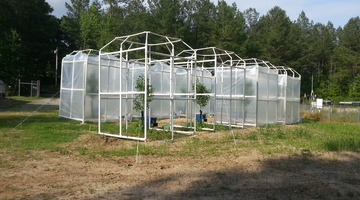
By comparing some features of fossilised plants with the same features of plants living today, scientists hope to be able to learn more about the effect of changing carbon dioxide (CO2) levels in ...
READ MORE

iNaturalist logs hundreds of thousands of photos of flora, fauna and fungi. There are even sound recordings too. Each is described and geo located. iNaturalist is used by citizens and scientists ...
READ MORE
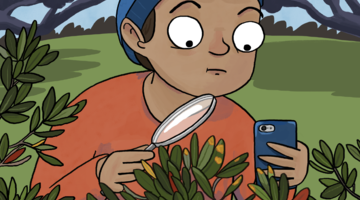
Myrtle rust is a serious biosecurity threat, and help is needed to monitor its spread. This citizen science project aims to gather information on the location, hosts and intensity of this fungal ...
READ MORE

Here are links to Science Learning Hub resources for primary teachers related to life cycles in the Living World strand of the New Zealand Curriculum. Explore the life cycles of birds ...
READ MORE

School science is engaging when it makes connections to students’ everyday lives (Osborne & Collins, 2001) and when they have an opportunity to experience physical phenomena first-hand – the ...
READ MORE

Take advantage of children’s natural curiosity with the following resources. They require very little equipment – most of it should be in your kitchen or garden. Each topic has wrap-around ...
READ MORE
Adaptations give an organism an advantage when growing in a particular environment. Dr Patrick Brownsey from Te Papa talks about how the leather-leaf fern has adapted to growing in dry ...
READ MORE
Dr Mark Goodwin of Plant & Food Research explains how flowering plants use self-pollination or cross-pollination in their reproduction. He uses kiwifruit and avocado as examples to show how ...
READ MORE
This animated video shows the movement of the tectonic plates that make up the Earth’s crust. Starting 600 million years ago, watch continents form and break apart as the plates move. Pangaea the ...
READ MORE

Use this graphic organiser to place the food cards where you think they belong. This activity can be done individually, in pairs or as a whole class.
READ MORE

Ferns come in a variety of shapes and sizes and this interactive explores the diversity of form in New Zealand ferns. The fern body consists of 3 major parts – the rhizome, the fronds and the ...
READ MORE

Ferns come in a variety of shapes and sizes and this interactive explores the diversity of form in New Zealand ferns. The fern body consists of 3 major parts – the rhizome, the fronds and the ...
READ MORE